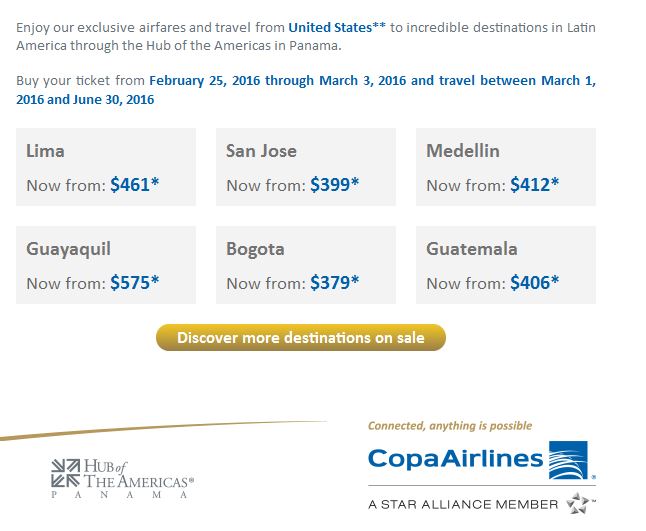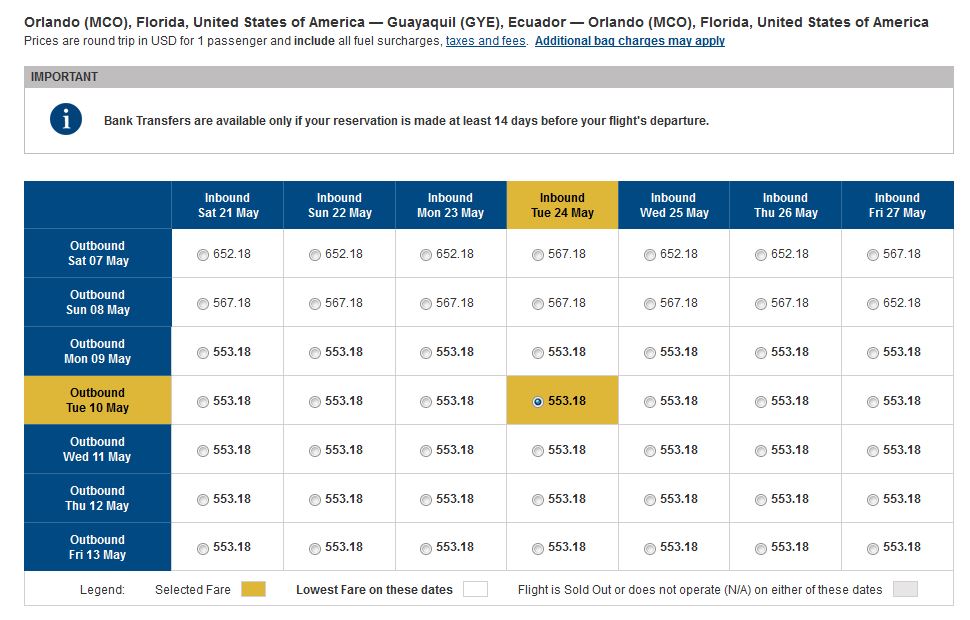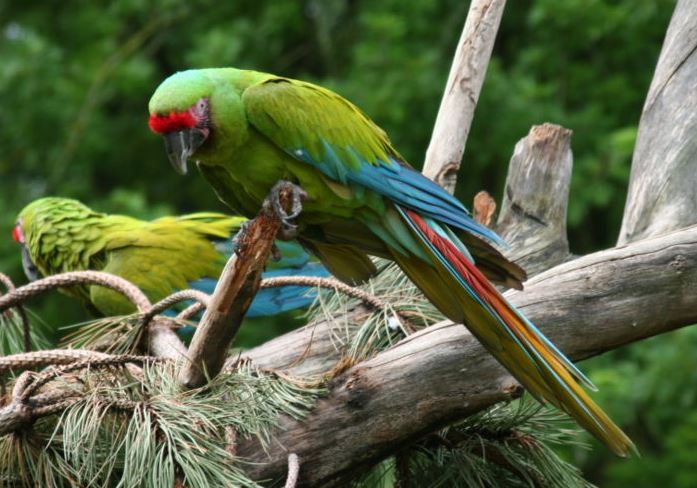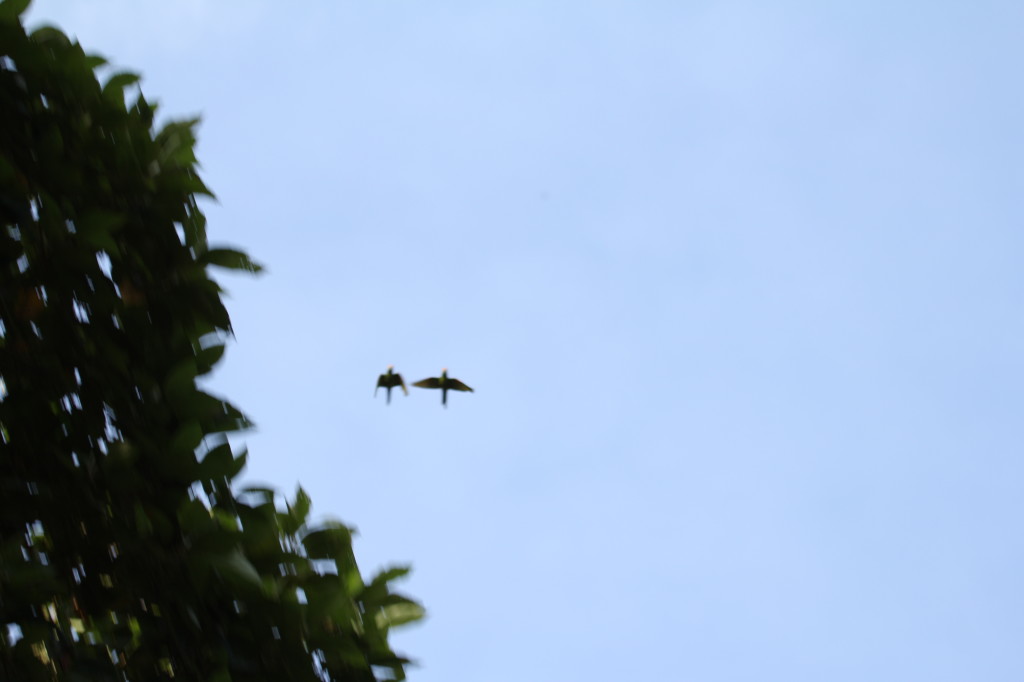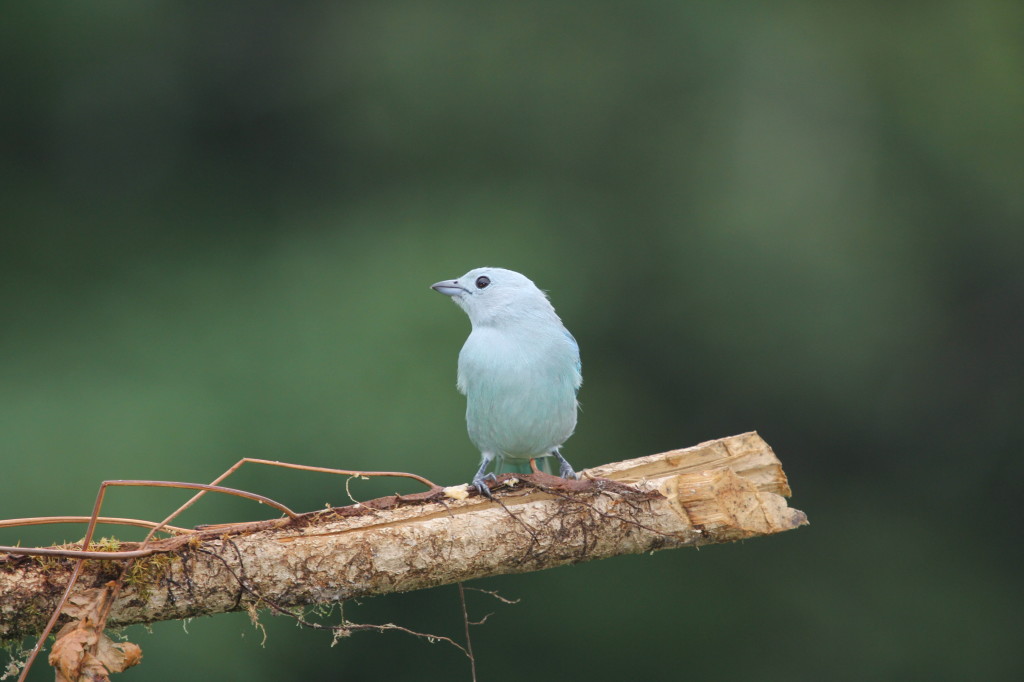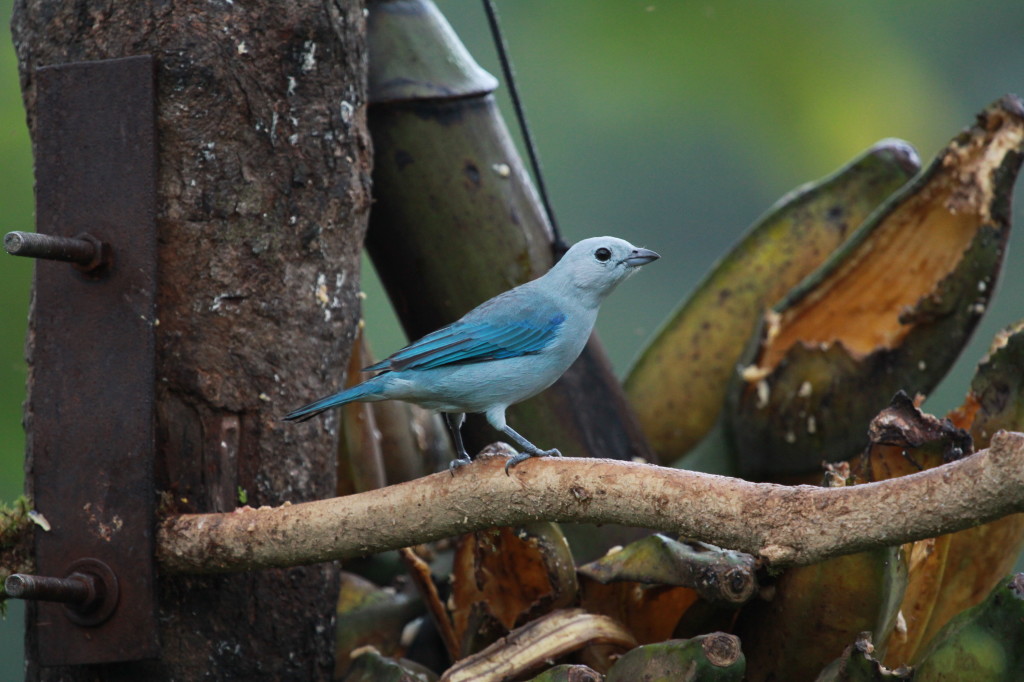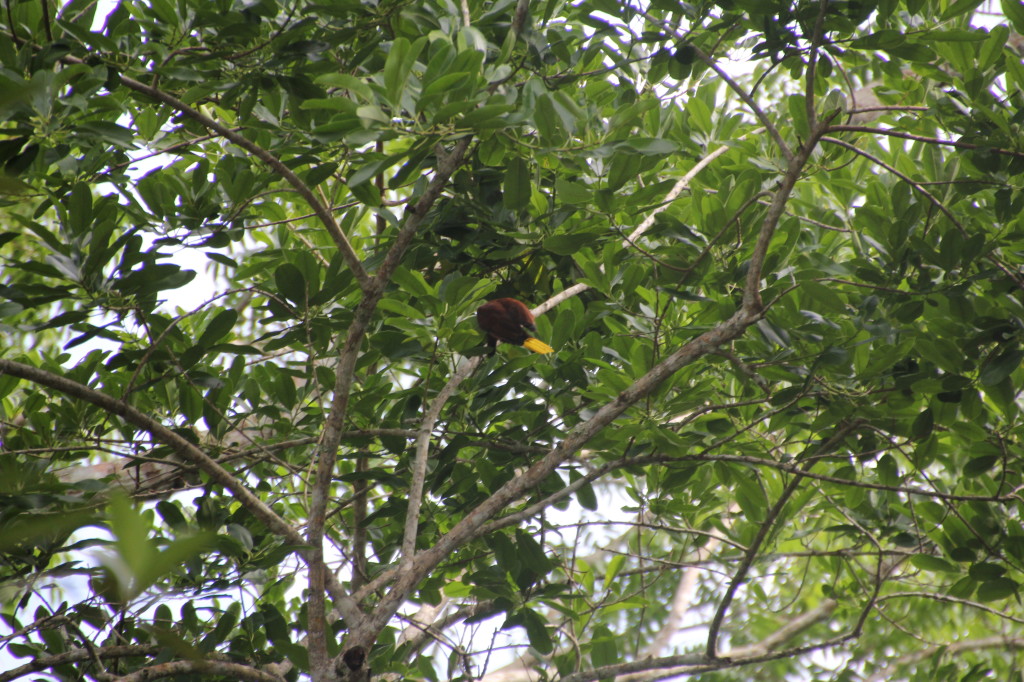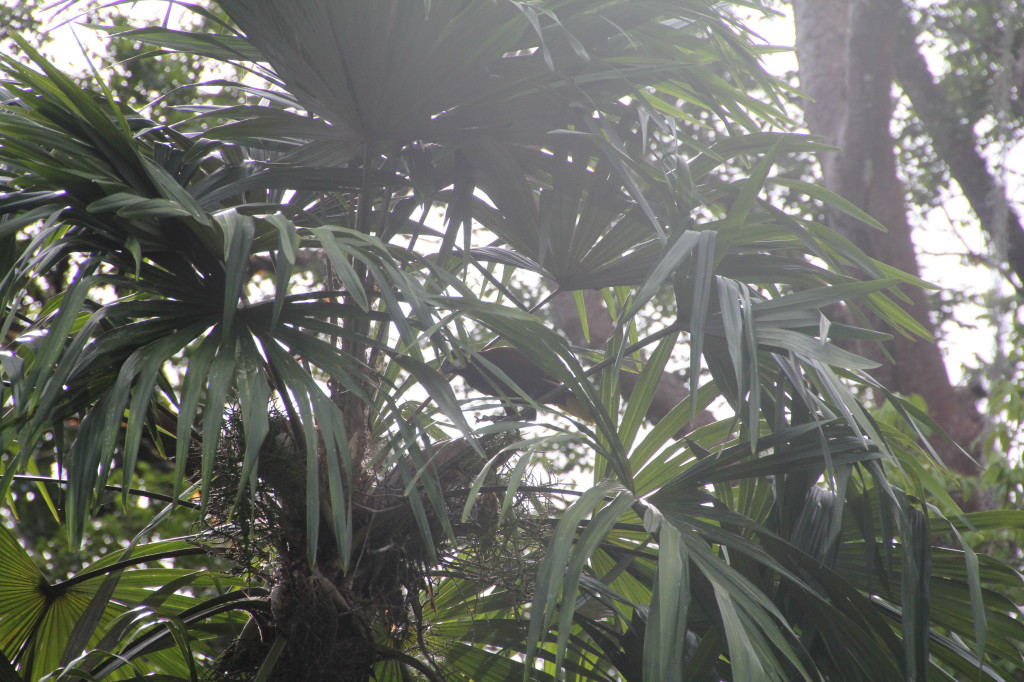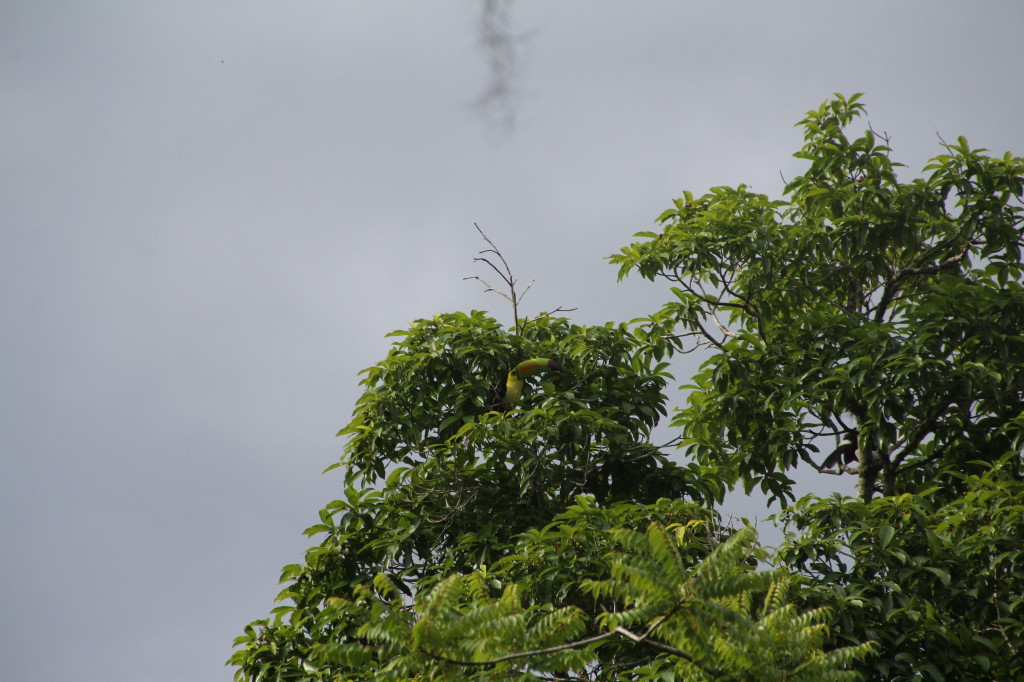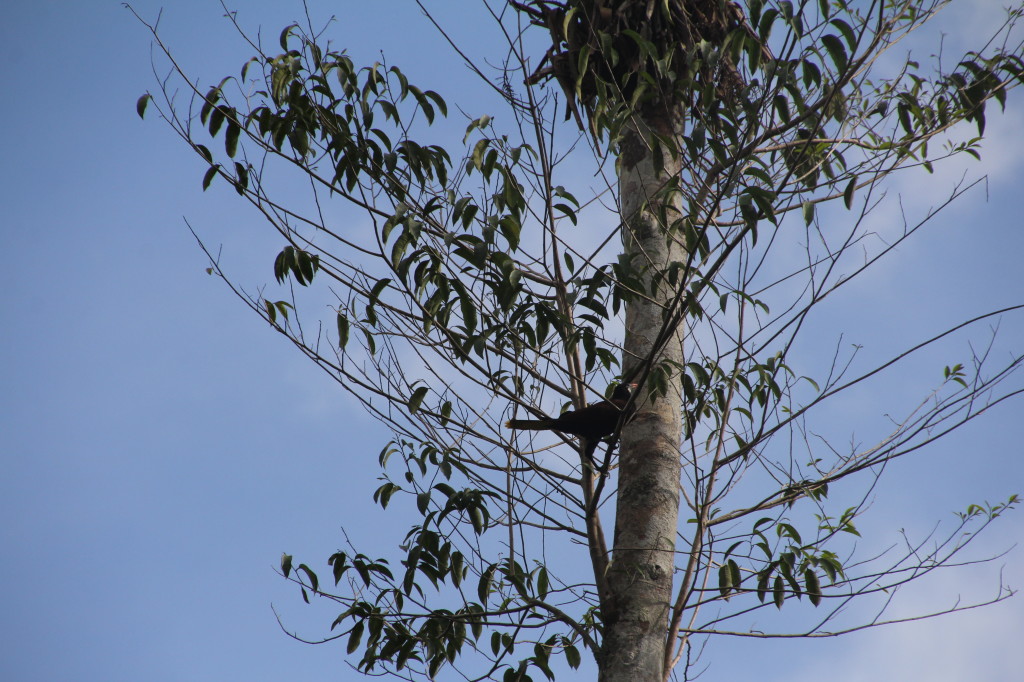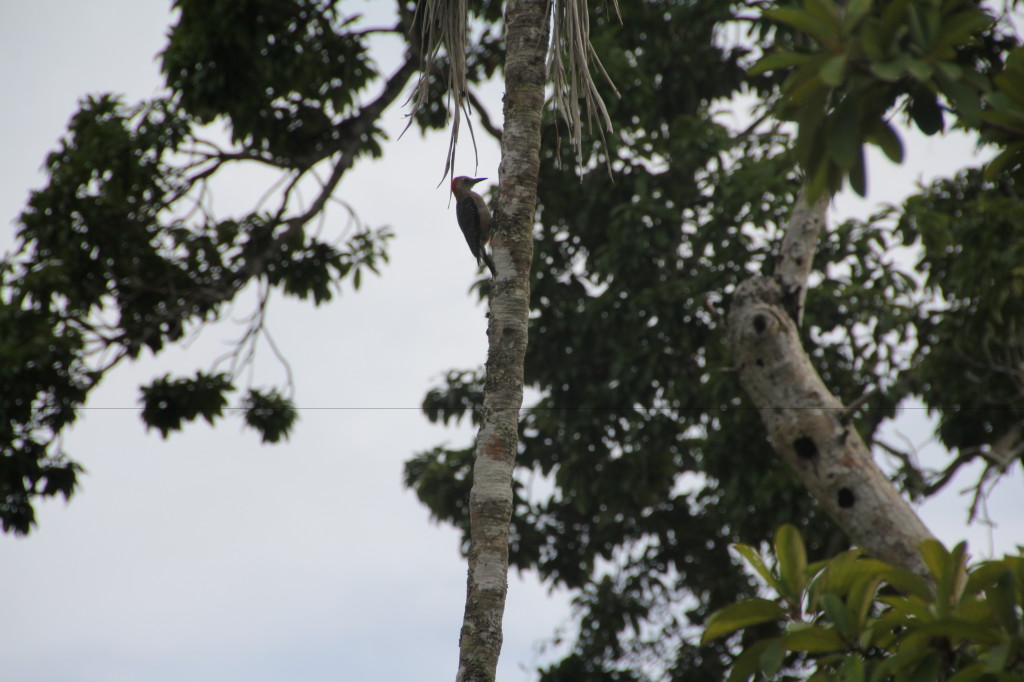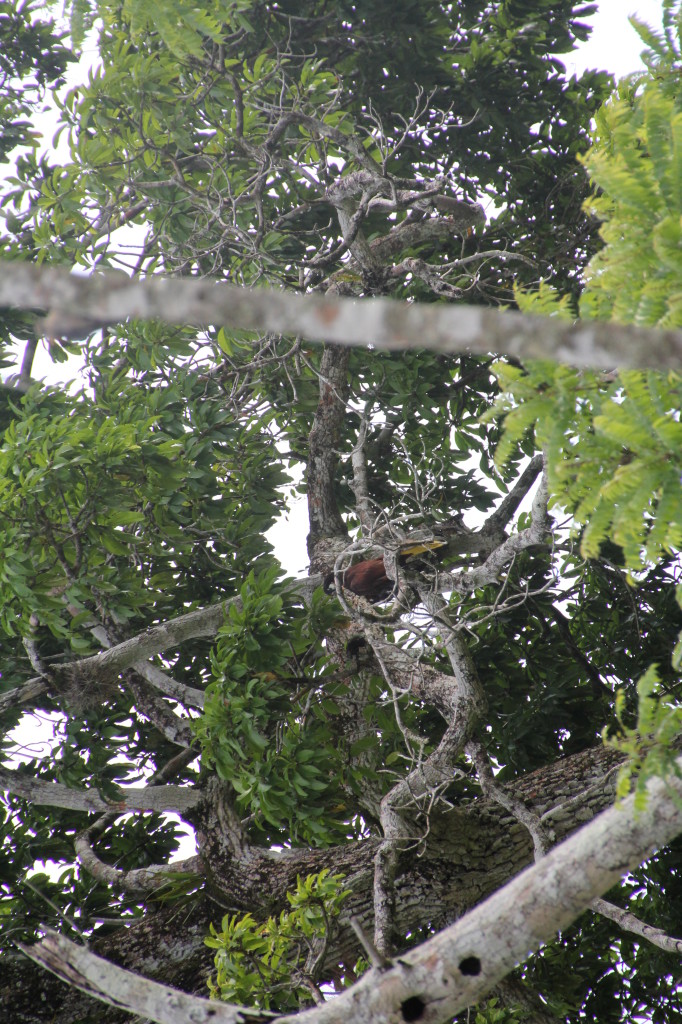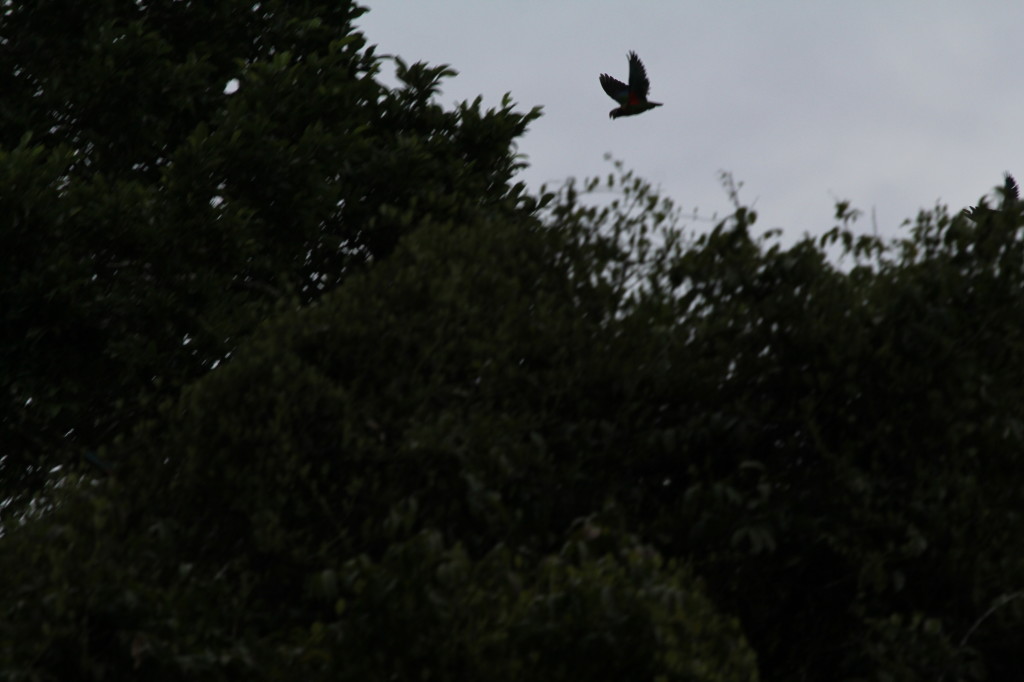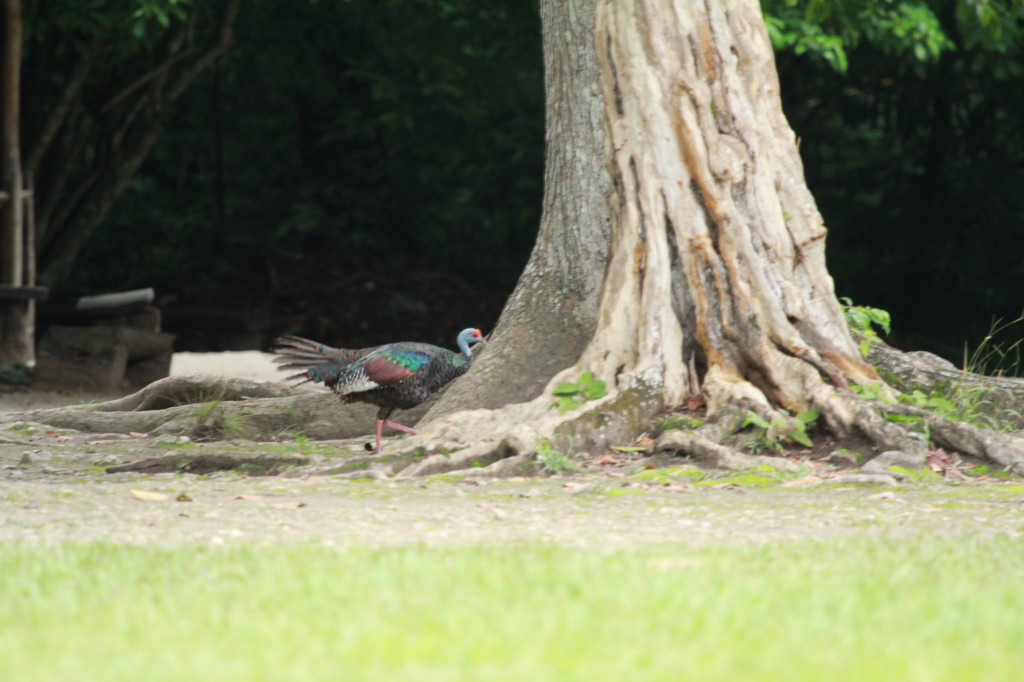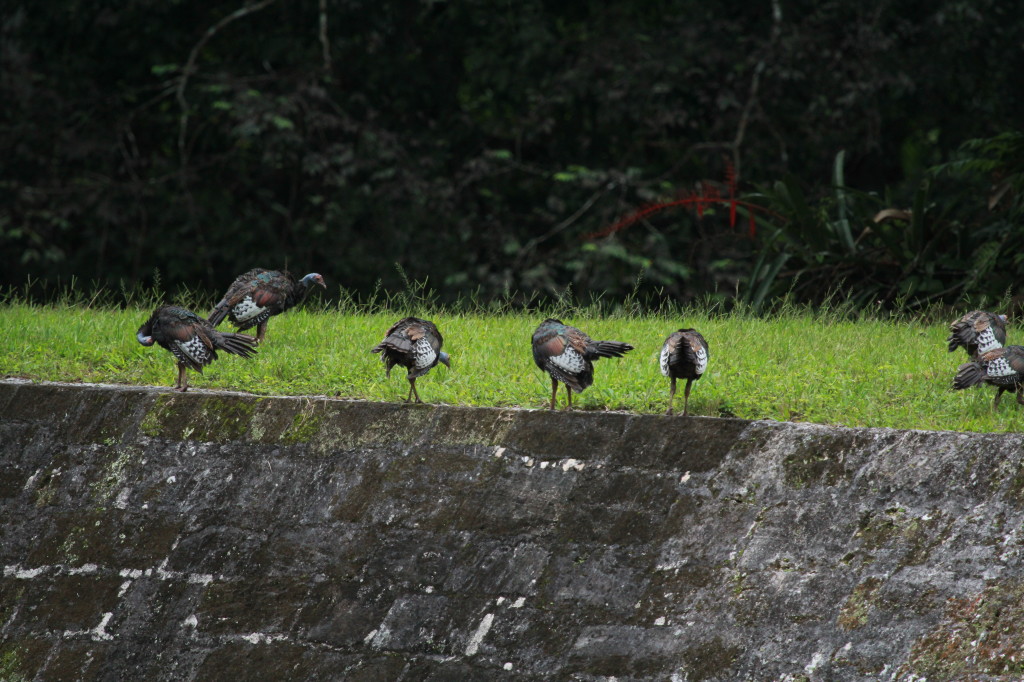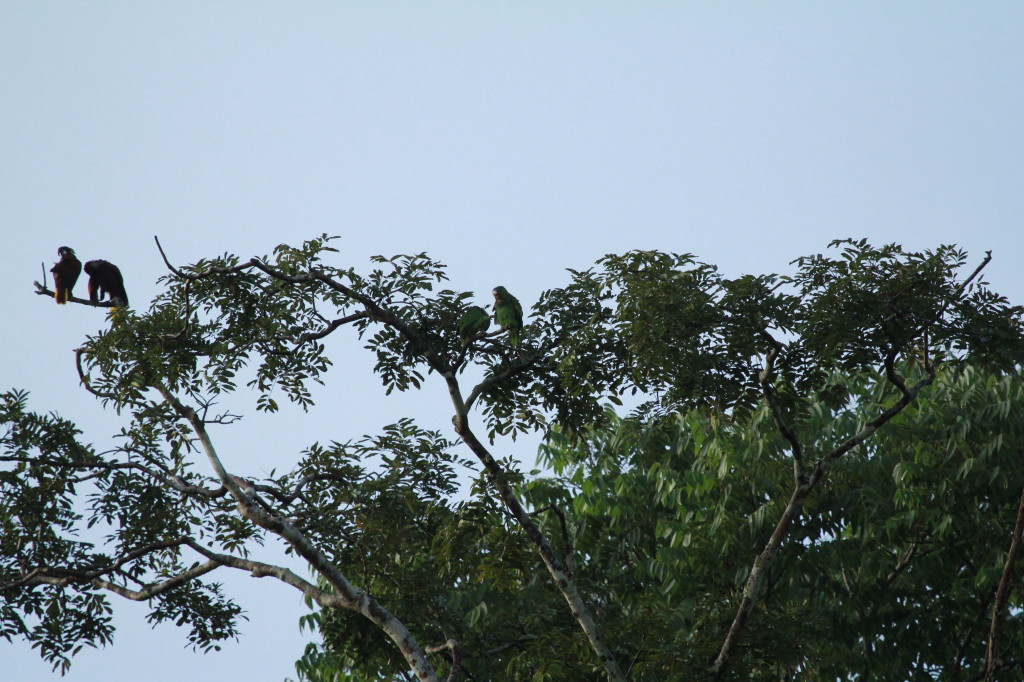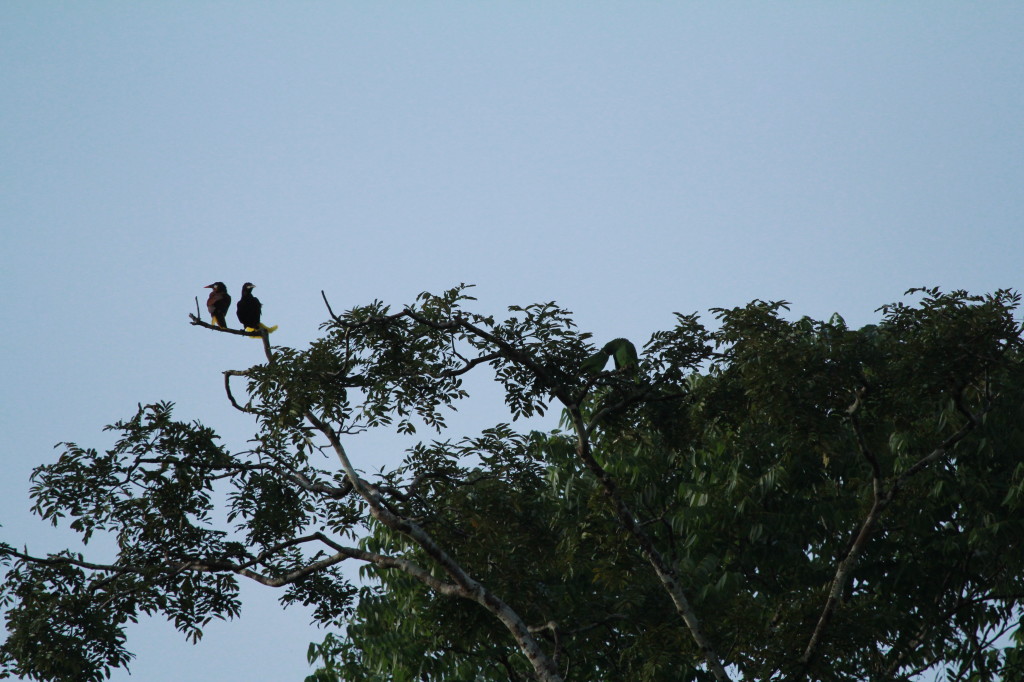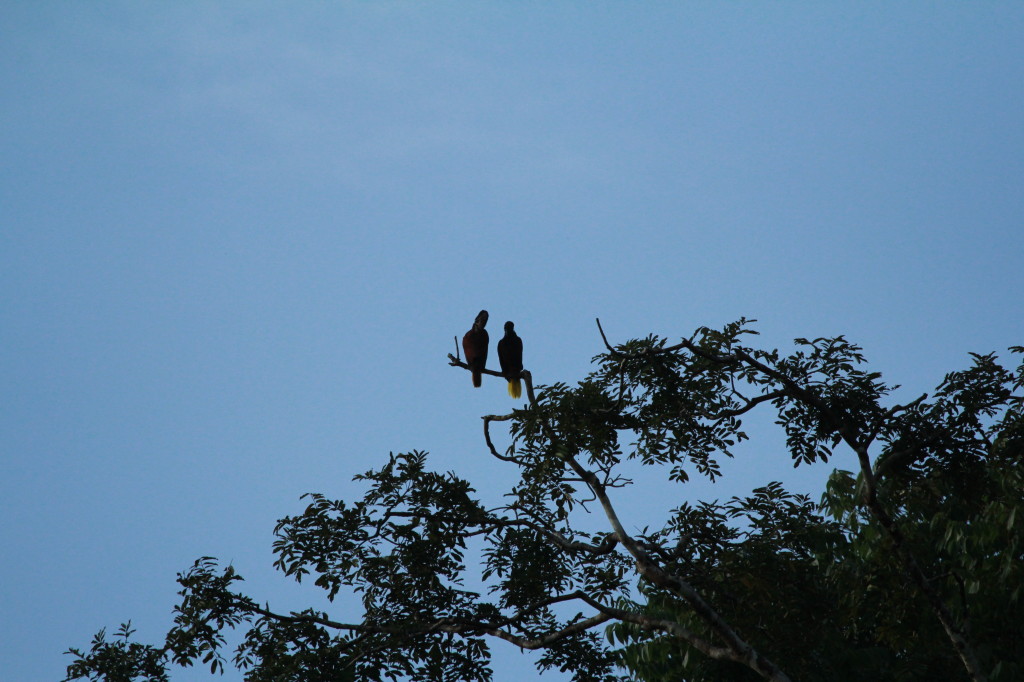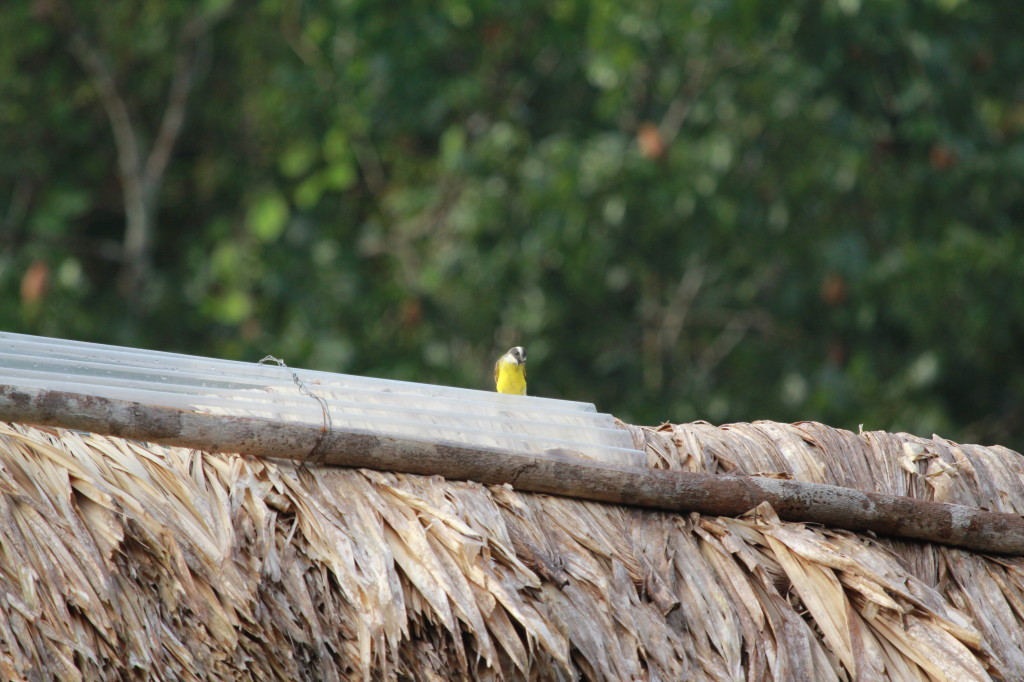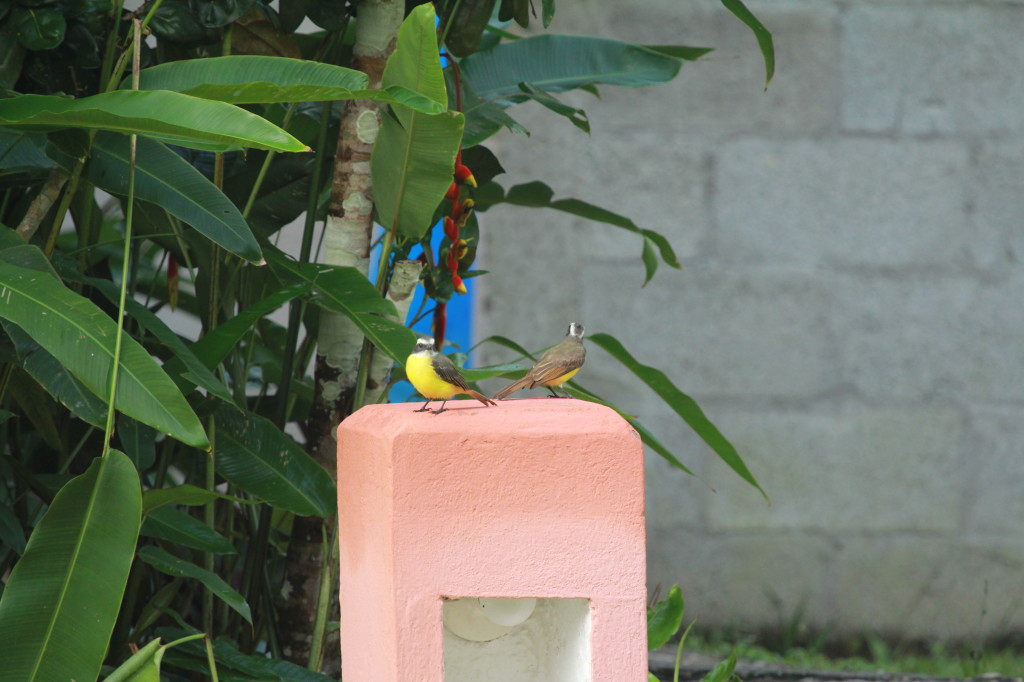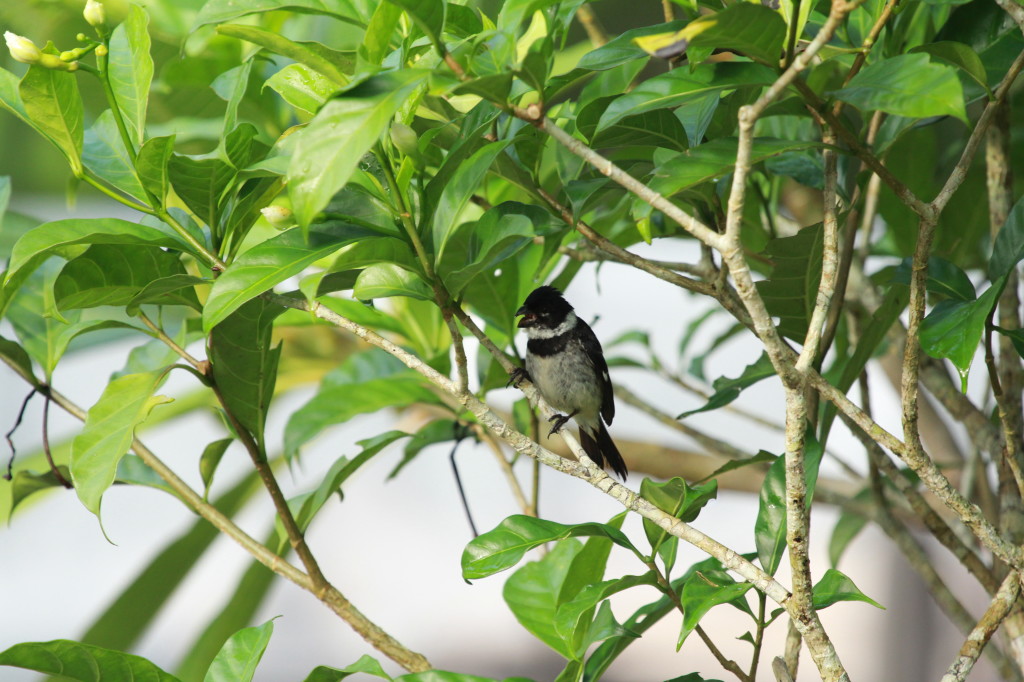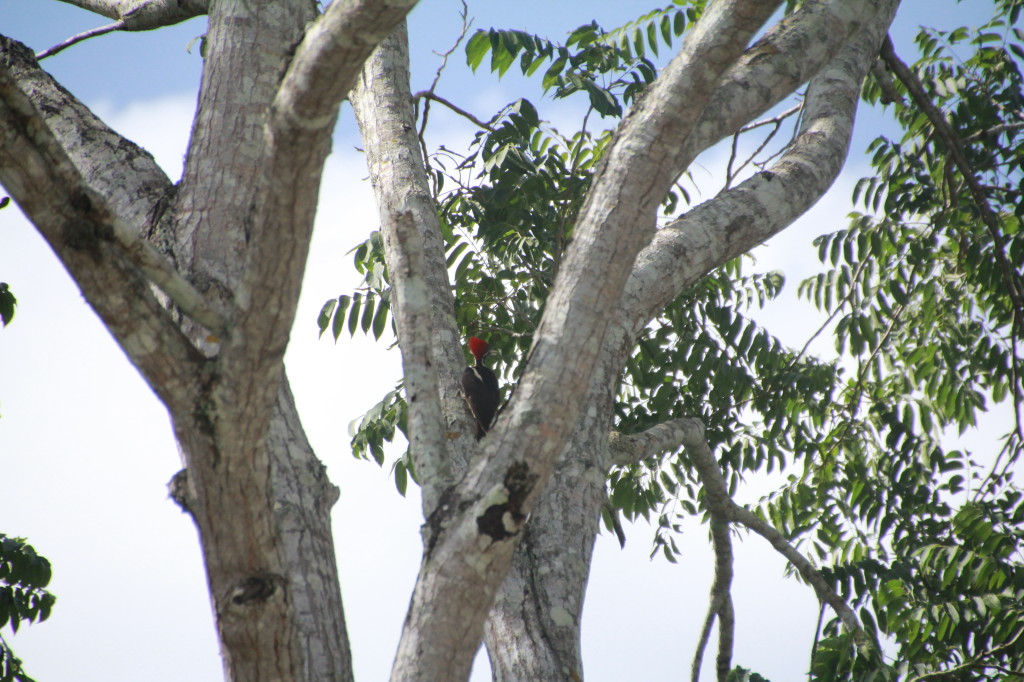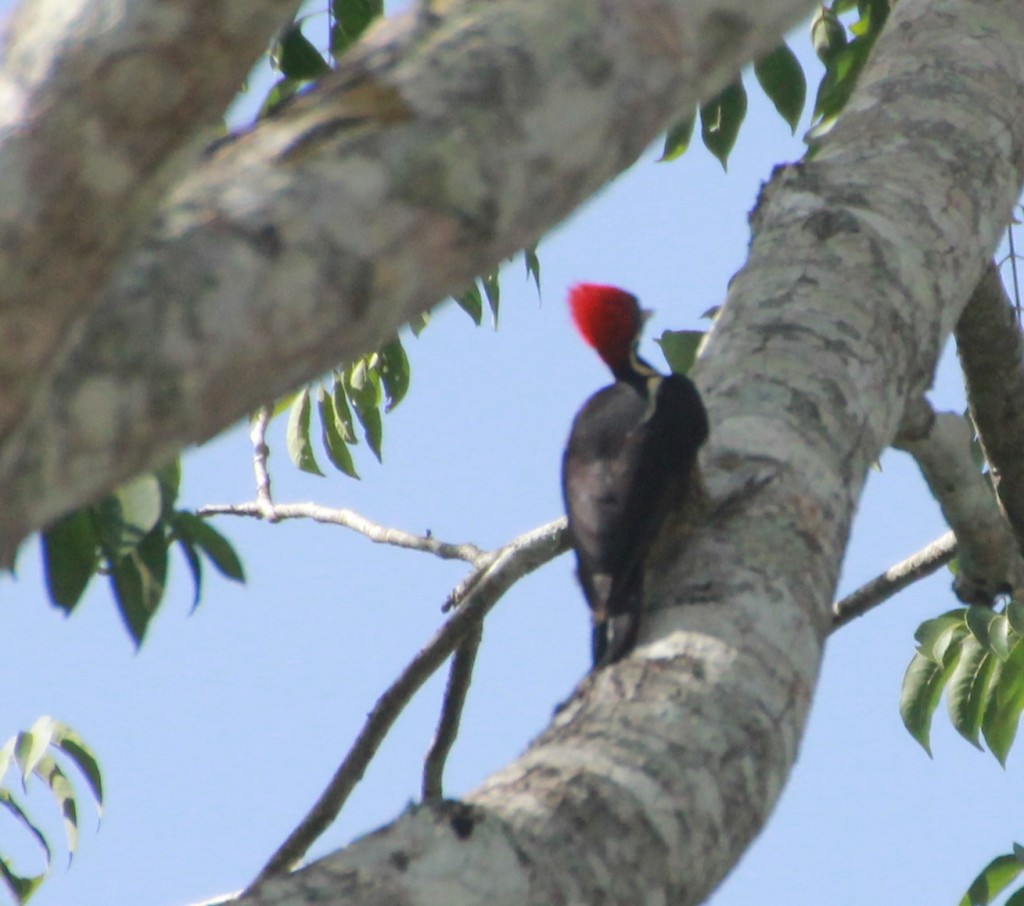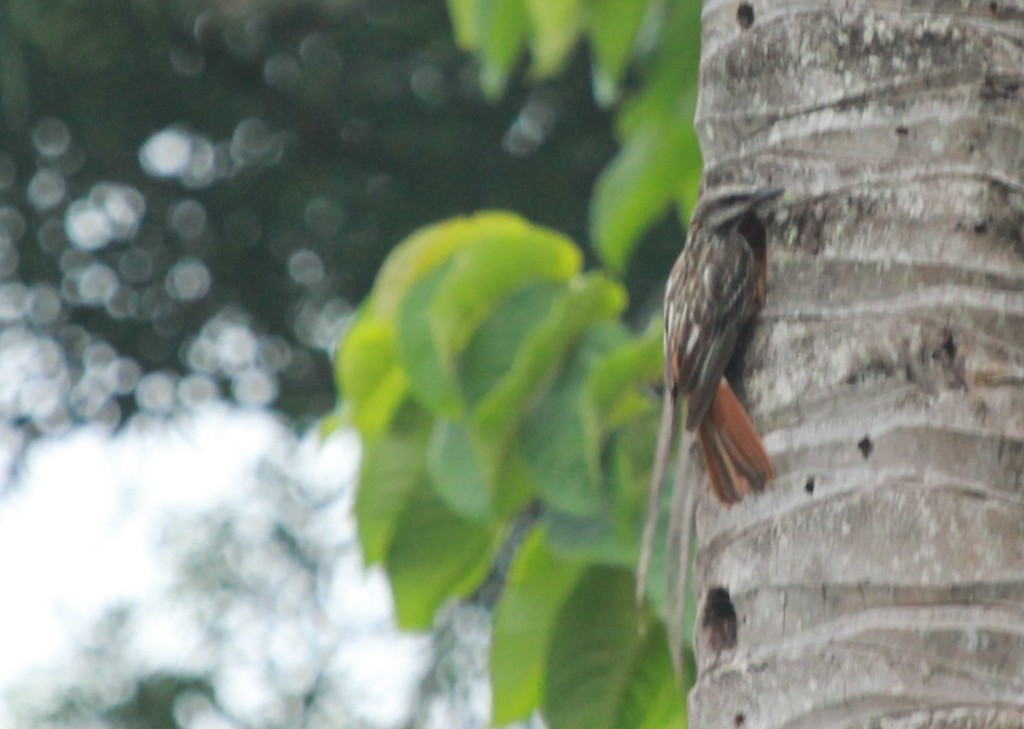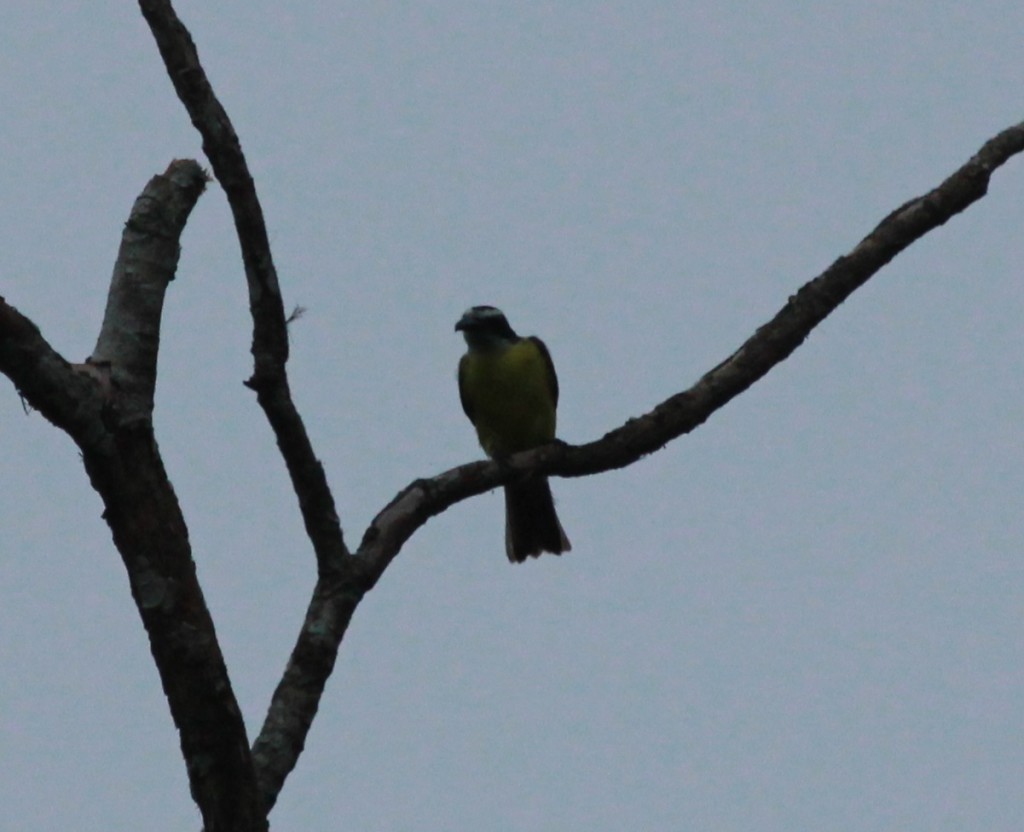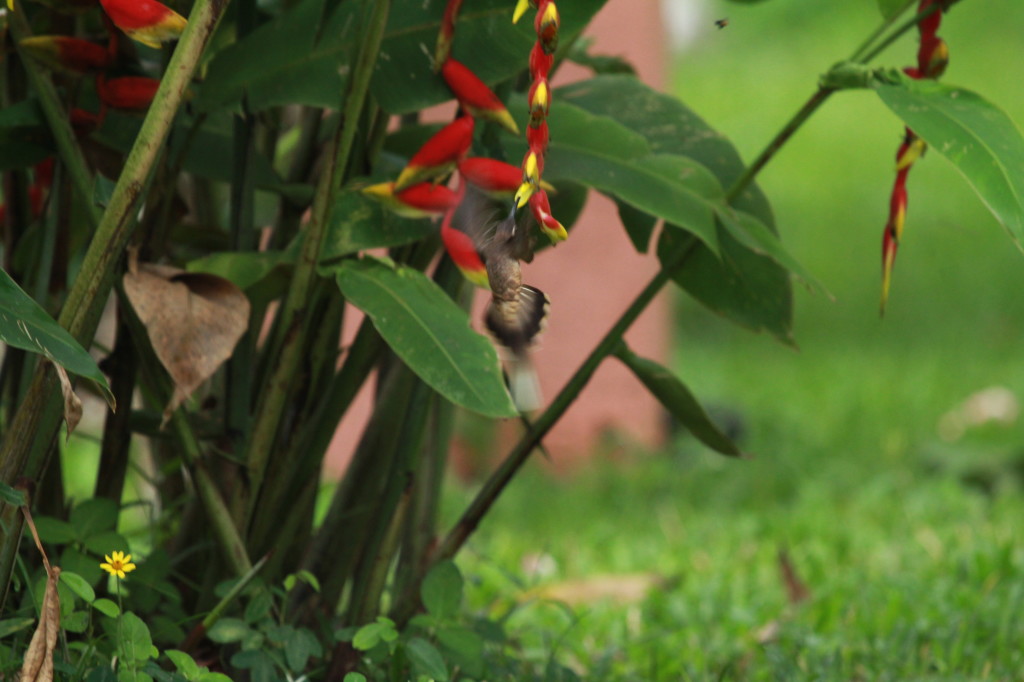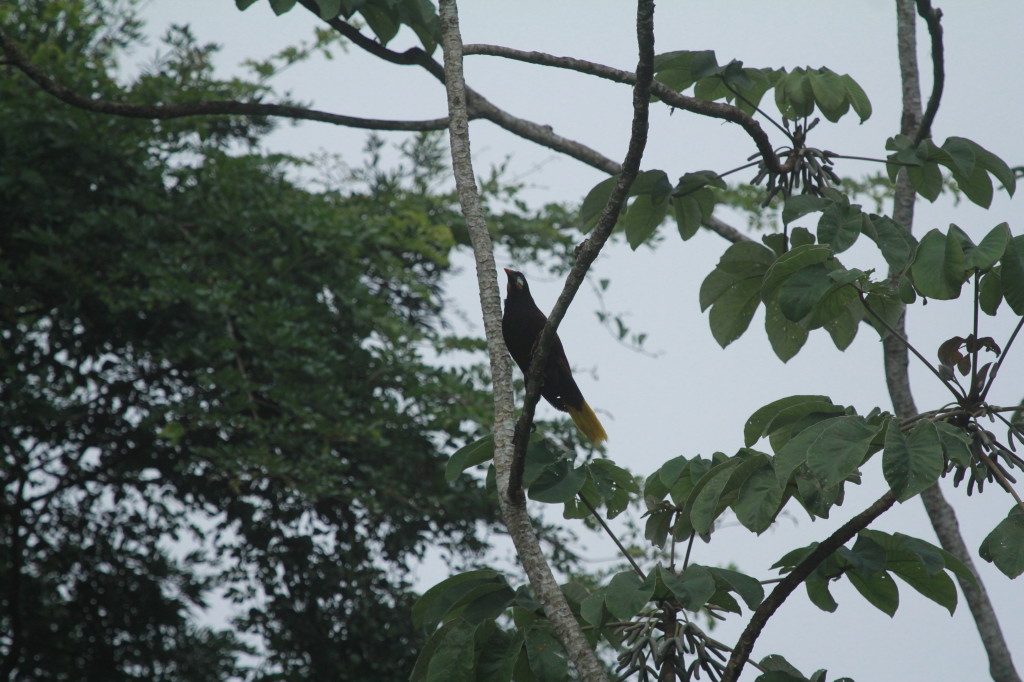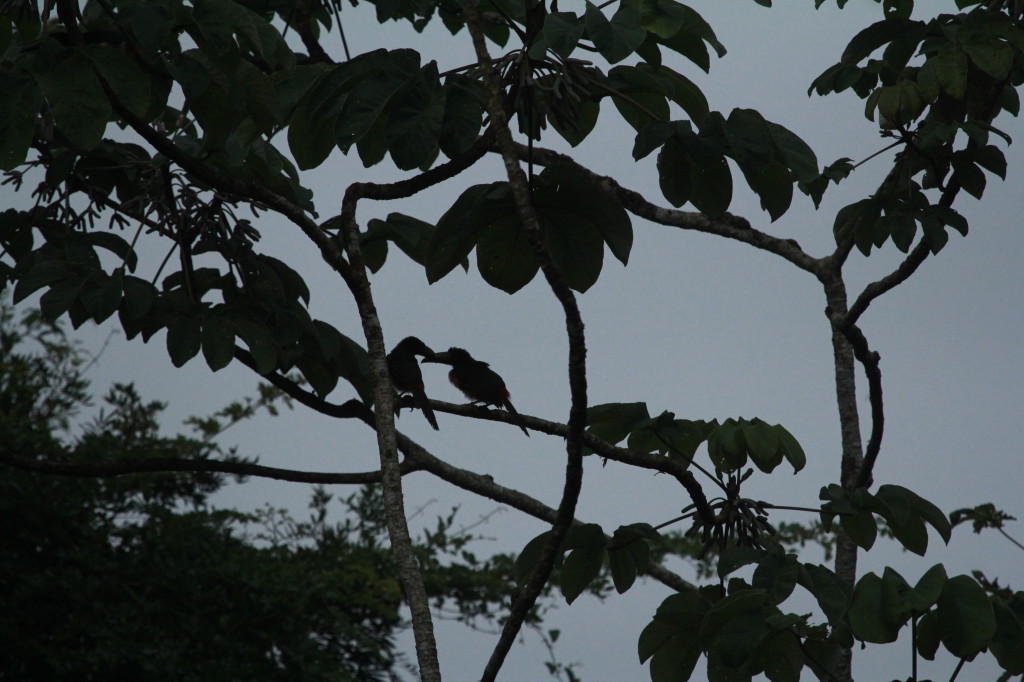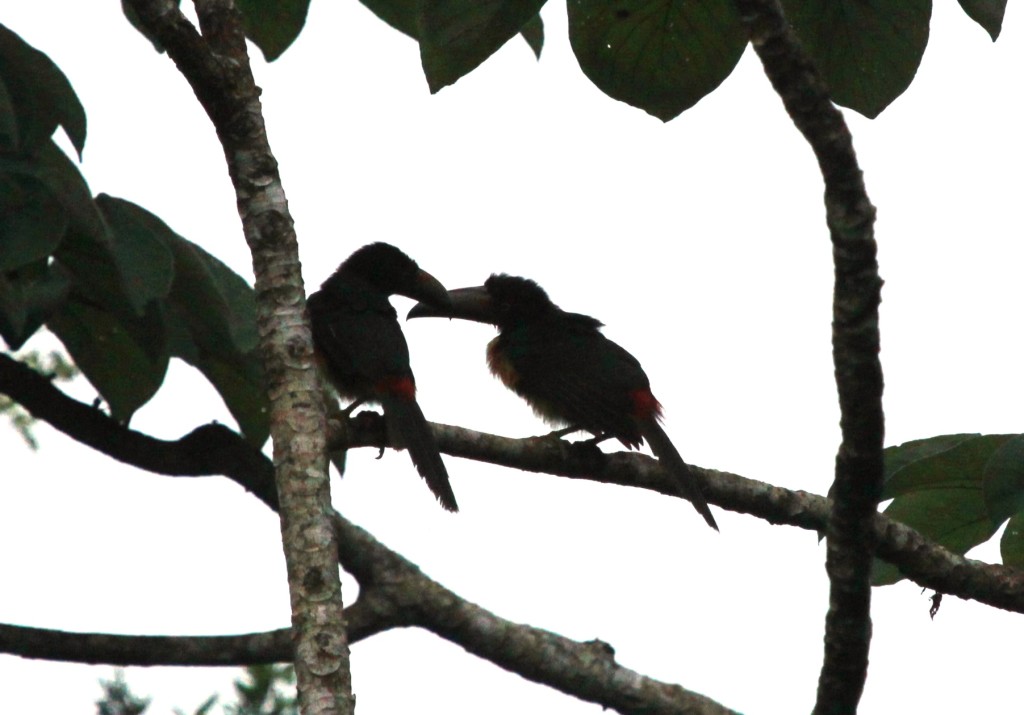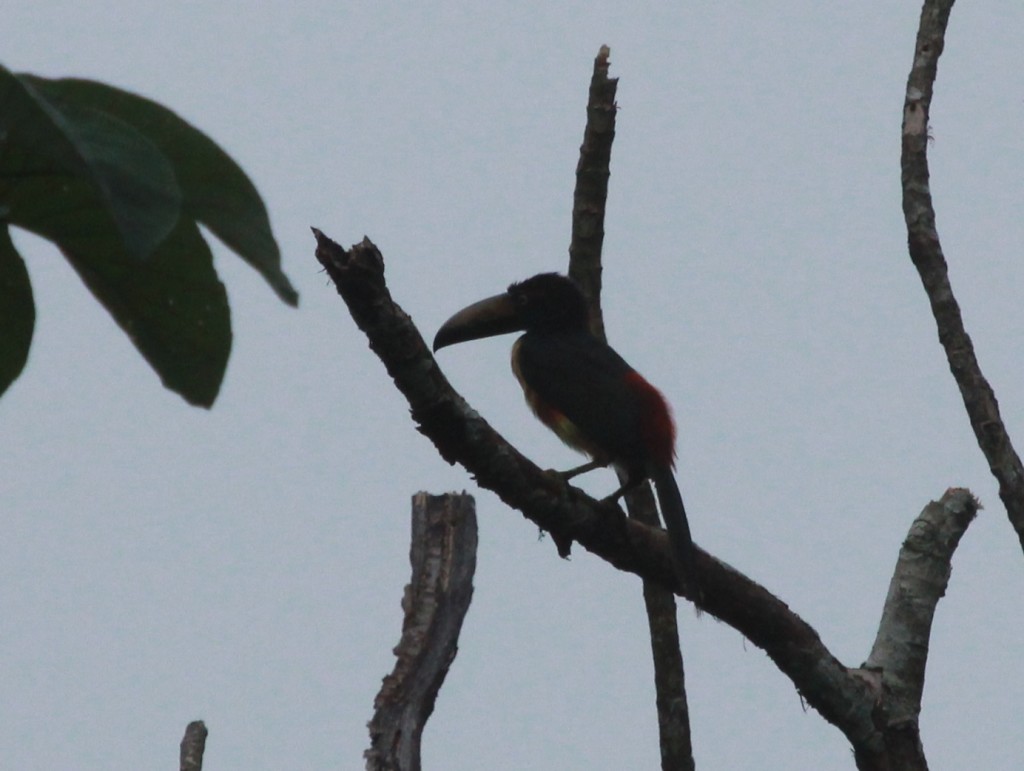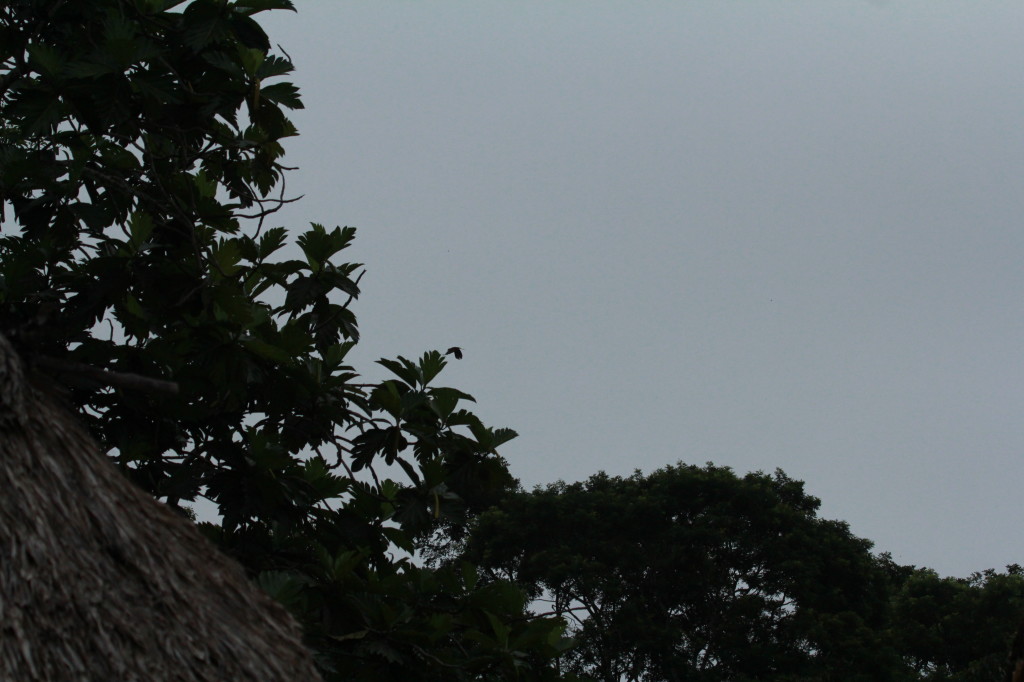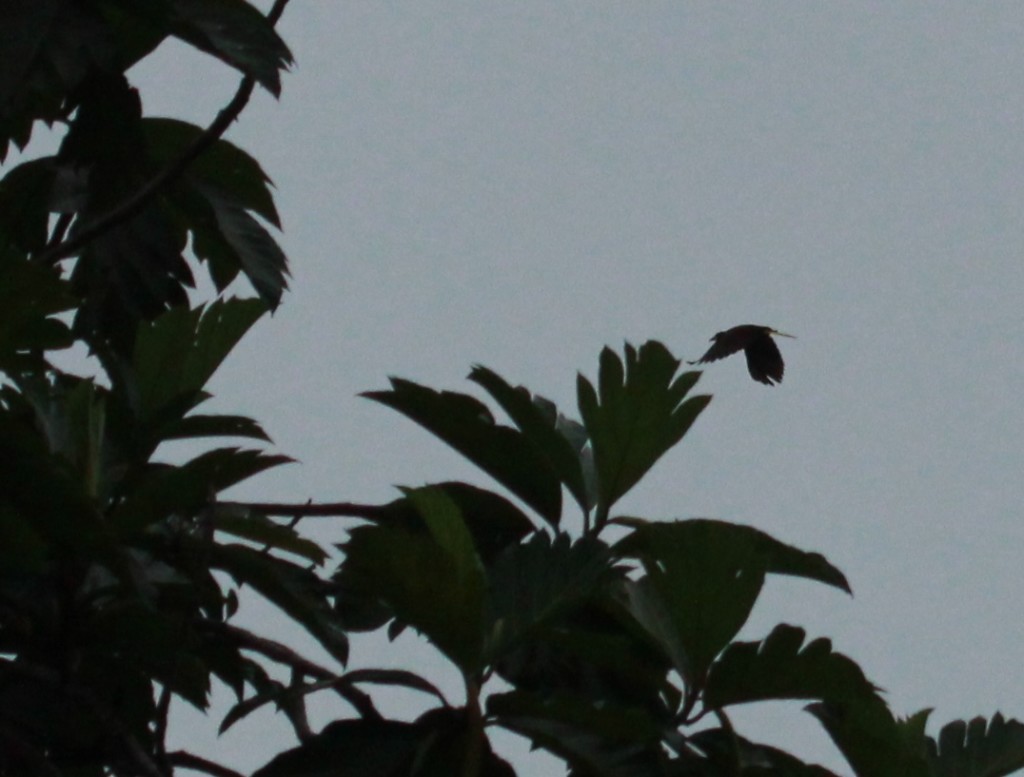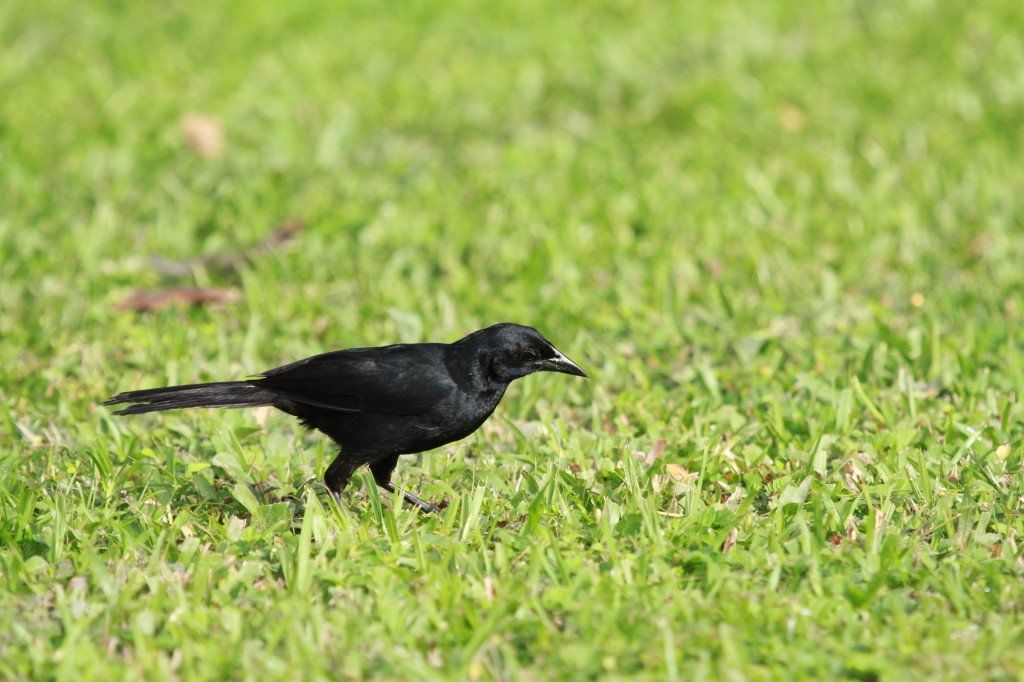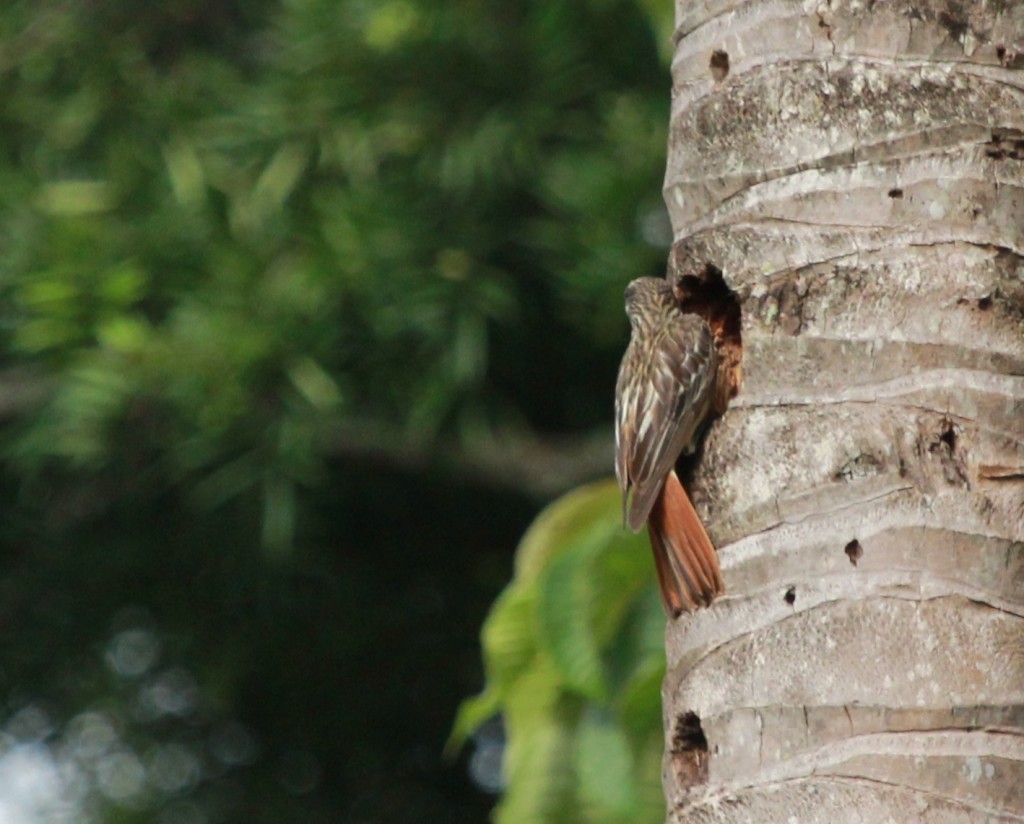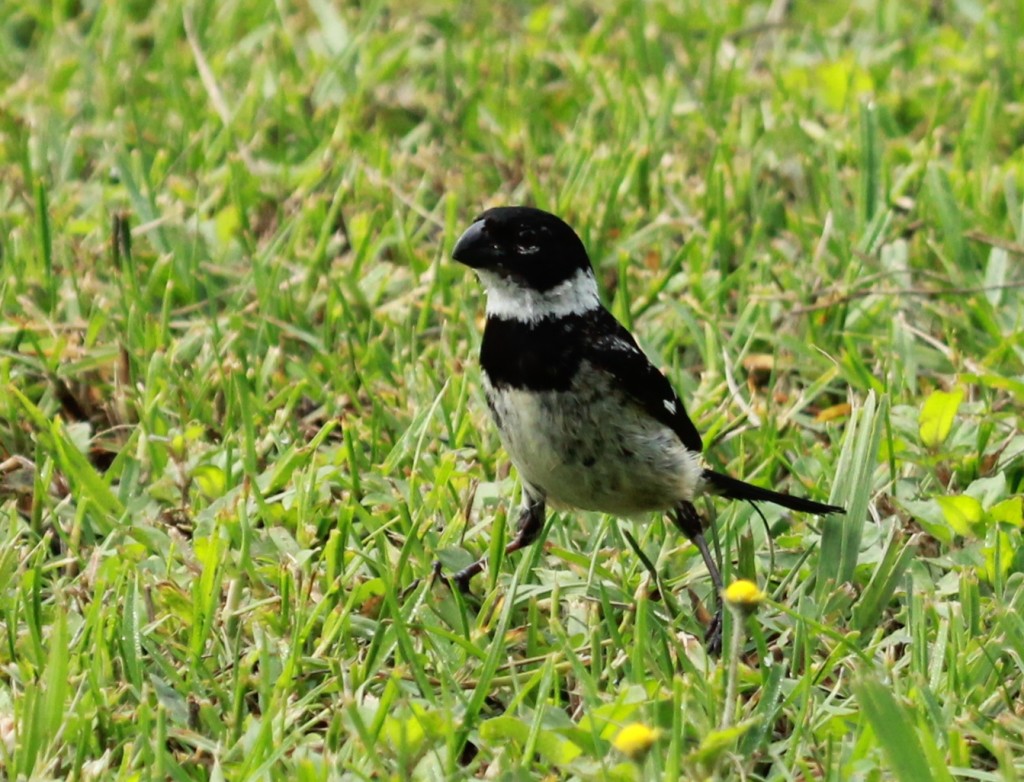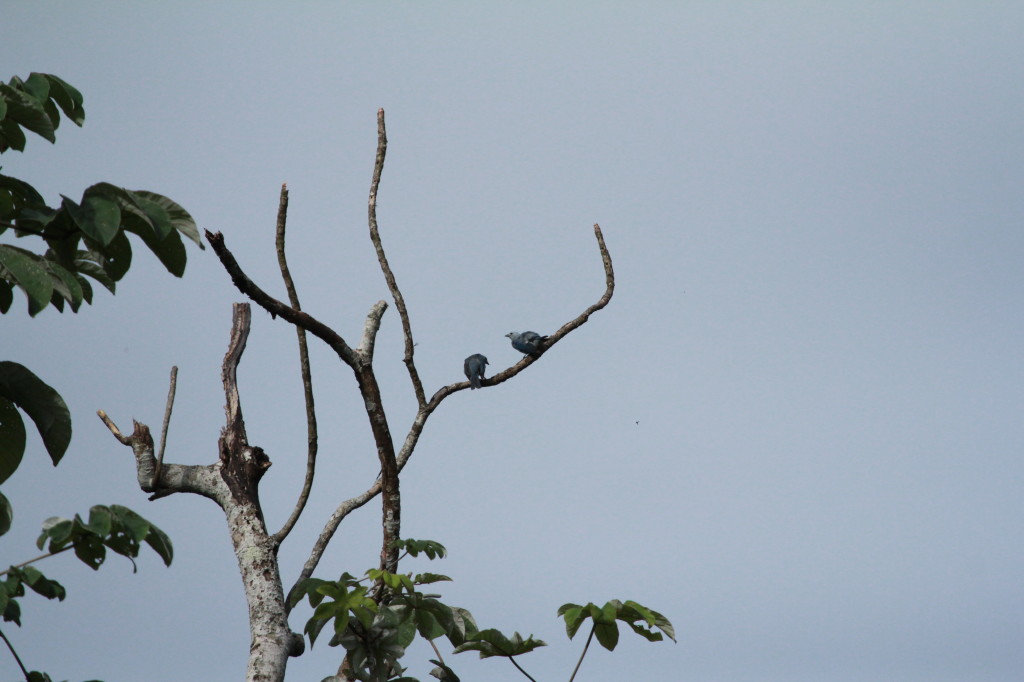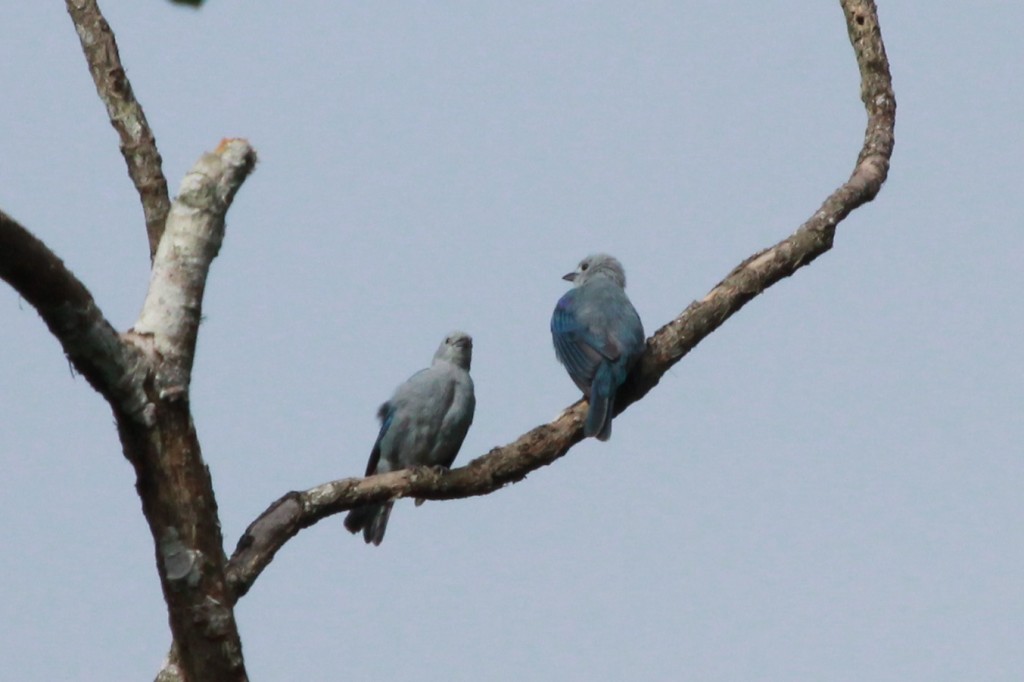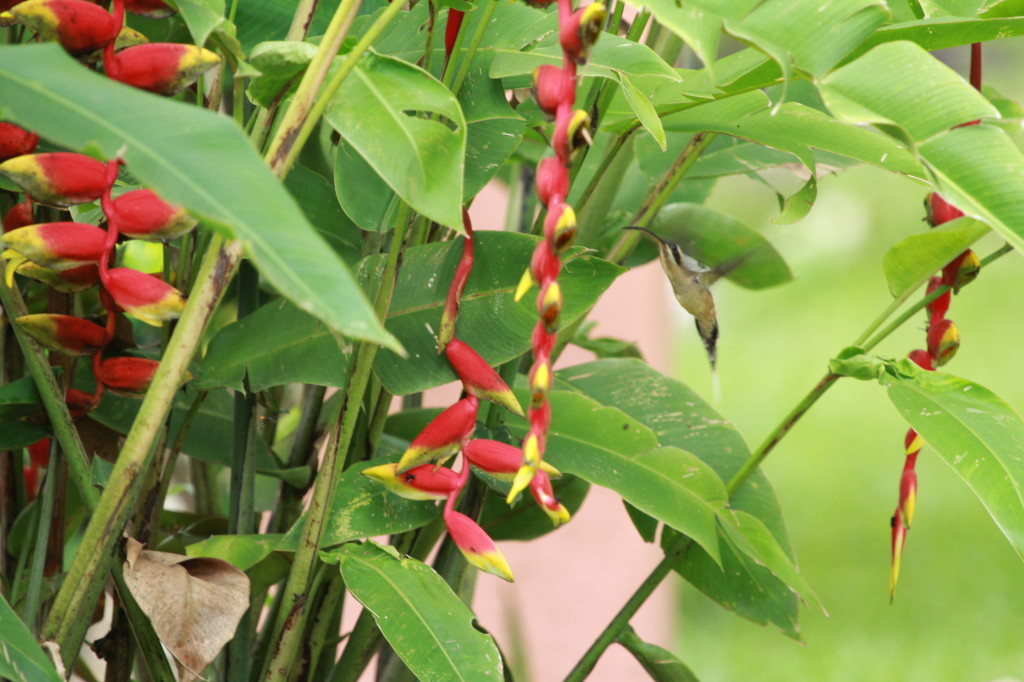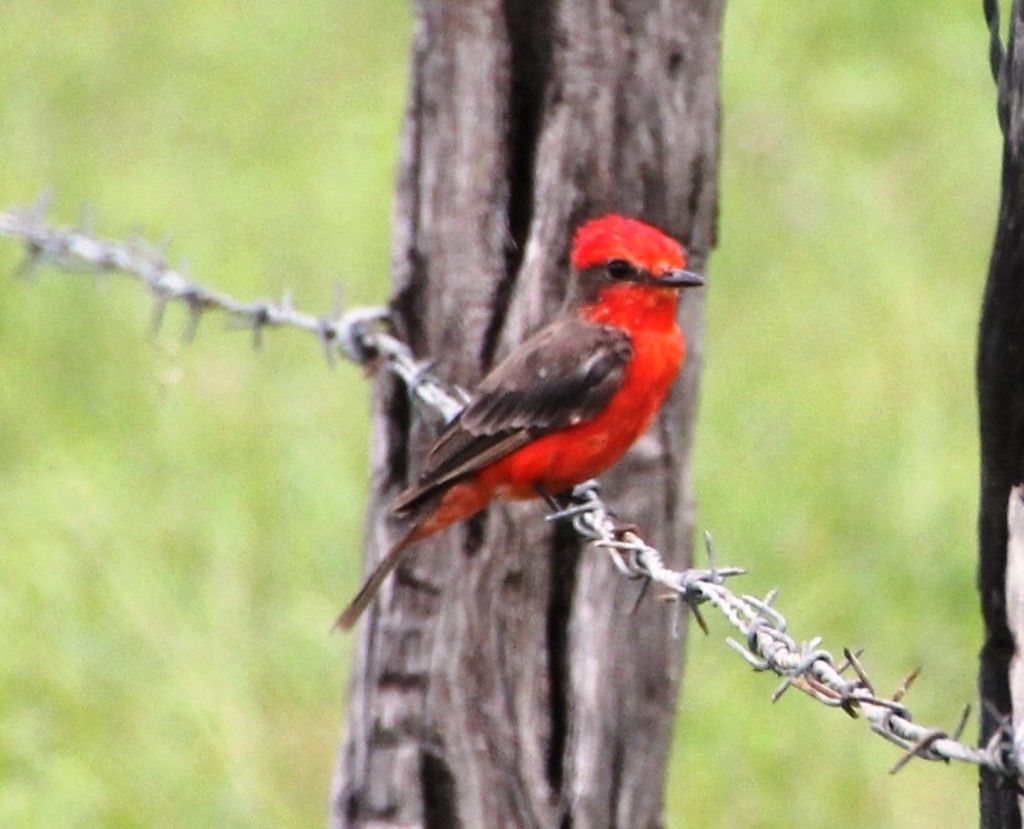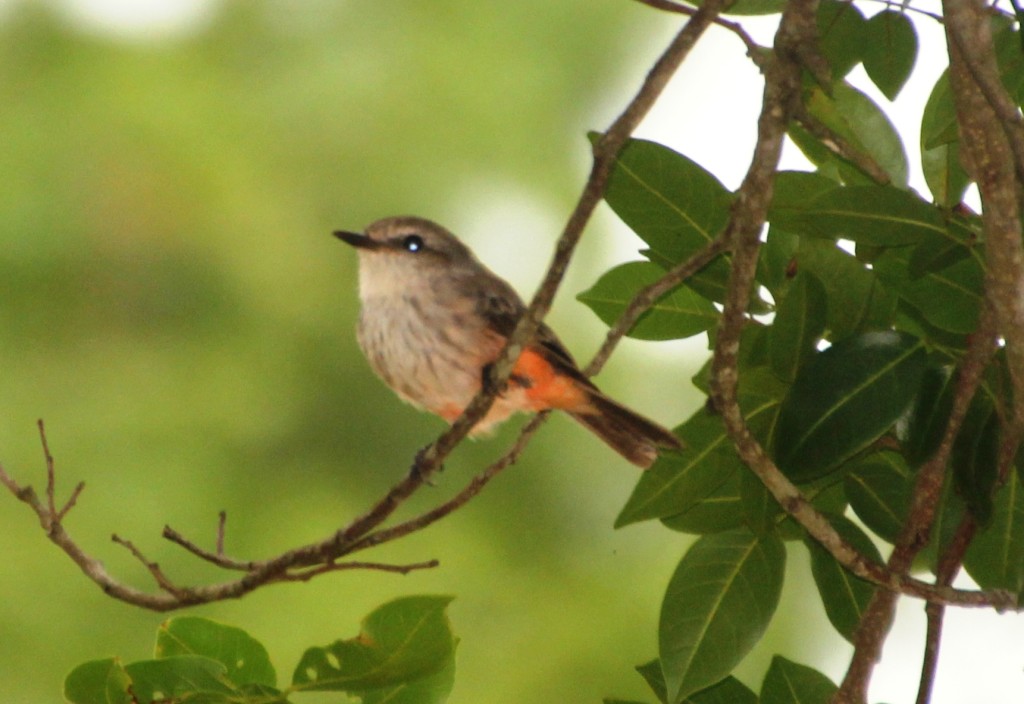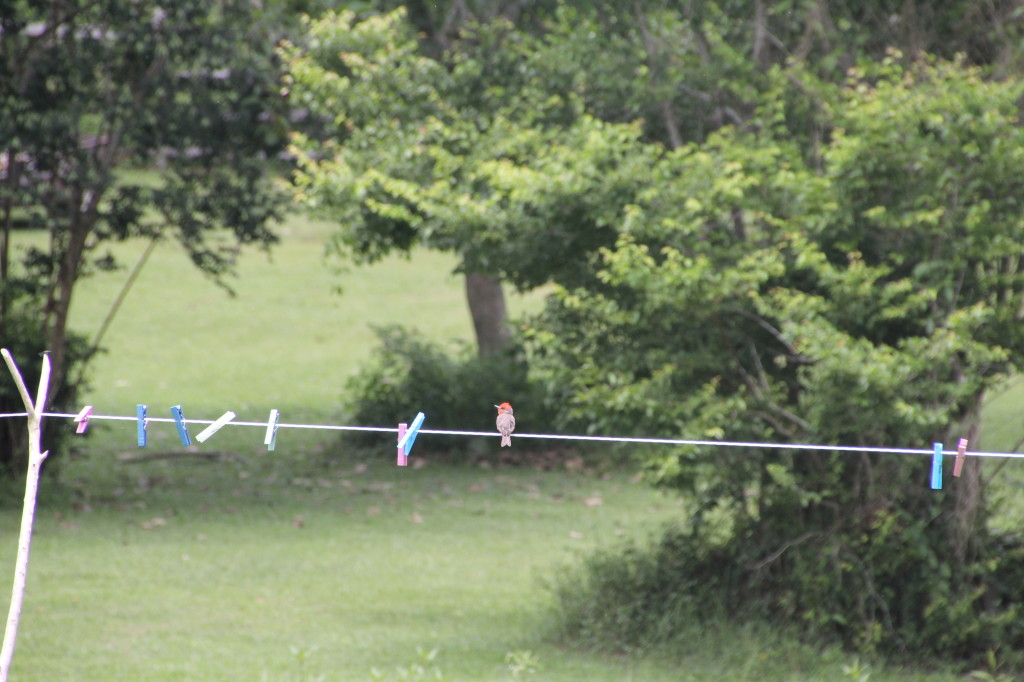
Central America
You will have to check each individual program to see which countries they consider as “Central America”. All of them will include Belize, Guatemala, Honduras, El Salvador, Nicaragua, Costa Rica and Panama. Some will also include Mexico, Caribbean Islands and the northern part of South America. All of these countries have impressive bird lists and are a great destination for eco-travelers. I already have a blog with my recommendations for which programs to join if you are new to the world of miles and points.
The main gateway cities for Central America include Belize City (BZE), Flores (FRS – for Tikal), Guatemala City (GUA), Tegucigalpa (TGU), Managua (MGA), San Salvador (SAL), San Jose (SJO) and Panama City (PTY). Once you have been in the miles and points game for awhile, you will get a feel for which airline to use where but if you are just starting out, Wikipedia will show you a list of all airlines that fly into a given airport.
Let’s take San Jose, Costa Rica for our first example. So we can see that San Jose is served by a few international airlines. AA flies from Miami, Dallas & New York, Copa and Avianca-Taca flies from several Central American cities which also have good connections to the USA. In most cases you will have to transit through the USA even if you are coming from Australia, Europe or Asia direct to San Jose but there is a direct flight on Iberia from Madrid which could save Europeans the trouble of transiting the USA. Your best choices are One World or Star Alliance because they have several airlines flying into the area. Sky Team has a few flights on Delta.
ONE WORLD OPTIONS
From North America you can use American Airlines.
From South America you will need to use Star Alliance.
From Australia and New Zealand you can use Qantas & AA via the USA.
From UK and Europe you can travel via the USA using BA or IB to get to the USA, then AA, or the direct IB flights from Madrid to Central America.
From Asia or Africa there are no direct flights so you will need to travel via the USA or Europe.
STAR ALLIANCE OPTIONS
From North America you can use United, US (until they merge with AA), Avianca-Taca or Copa
From South America you can use Avianca-Taca and Copa.
From Australia and New Zealand, Europe, Asia and Africa there are no direct flights, you will need to travel via the USA. Depending on which program’s miles you have, this may require one or two awards.
SKYTEAM OPTIONS
From North America you can use AeroMexico or Delta.
From Europe you can use Air Europa, Air France or KLM, to you can connect in the USA to Delta.
From Australia you will need to connect in the USA, this may require 2 awards.
From Asia and Africa there are no direct flights, you will need to travel via the USA or Europe.
HOW MANY MILES WILL IT COST?
Every airline member of the 3 main alliances has it’s own frequent flier program. They often have alliances with other airlines outside the program. I have made some reference charts for the airline alliances and I strongly recommend that you check out the program of the airline in your country and the USA based partners of each program as the USA airlines tend to have the most lucrative bonuses. Americans can get very generous credit card bonuses. Details of credit card partners (and other partners) will be on each airline’s website, however often there are more lucrative sign up bonuses. Details are usually posted in the Flyer Talk credit card forum so I strongly suggest you read this thread and the Miles Buzz forum before you apply for any cards just in case a better bonus has been offered. I don’t have any affiliate links and I recommend you do extensive research on your own when applying for airline credit cards. I have some general posts about credit cards which basically let you know which bank serves which airlines and hotels so always check with Flyertalk for the latest news.
USING ONE WORLD
AMERICAN AIRLINES
No matter where you live, frequent flyer programs based in the USA usually offer the best deals but it’s still a good idea to look at other members of the alliance. Try to avoid carriers that charge a fuel surcharge. Looking at AA’s award chart, we can see that Central America shares a category with Colombia, Peru and Venezuela.

.
So let’s look at the chart. You will notice there are taxes and fees with certain routes and that the awards are prices as one way trips.
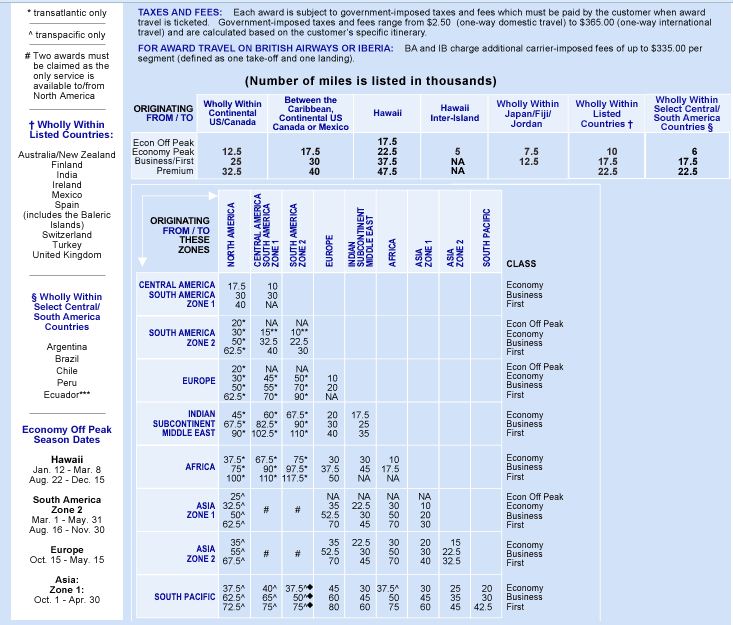
We can see that a South Pacific to Central/South America award will cost 40,000 miles each way (80,000 round trip) in economy, 65,000 (130,000 round trip) in business class and 75,000 each way (150,000 round trip in first class. AA doesn’t allow you to transit the USA on this award so you must fly on the only carriers that operate between Australia and South America-Qantas and LAN to Bogota or Caracas. To be honest, I wouldn’t use AA miles for this type of award or use 2 awards to connect in the USA.
If you are based in North America, economy will cost 17,500 each way (35,000 round trip), business class is 30,000 each way (60,000 round trip) and first is 40,000 each way or 80,000 round trip. You would be flying on AA.
AVIOS (BA OR IB)
Avios can be a great bargain for shorter flights. The awards are priced by distance flown per segment rather than zone to zone.

Using the Great Circle Mapper, we can see that a direct flight from Miami to Belize or San Jose would cost 7,500 Avios each way, a direct flight from Miami to Panama City is very annoyingly 1 mile into the next band for 10,000 Avios. If you are using credit card miles, transferring them to Avios rather than UA or AA could save you some points. If you need a connection from elsewhere in the USA to the gateway city, you need to pay for that segment separately with the Avios cost for the distance flown. Example OKC-MIA is 1222 miles so you need to add 10,000 Avios to the total price of the ticket.
QANTAS FREQUENT FLYER
For Qantas, it is easiest to use their points calculator to see how many points you need, then look for availability. Here is an example of SYD-DFW-GUA in economy class. For the record, business class (if you can get it) would cost 128,000 each way.

.
Awards are distance based, but look what happens when we quote on Perth-Guatemala City! Price for economy stayed the same!

- .
If you are based somewhere else, leave a comment if you don’t understand this part and I will help you out. Meanwhile, here is a reference list for other One World carriers.
USING STAR ALLIANCE
US AIRWAYS
Star Alliance is King in Central America! With the two main Central American airlines-Taca and Copa based there, they have an unbeatable network of routes. Let’s use US Airways as an example. US does not offer one way awards so these are round trips. US Airways groups Central America with Mexico. You can use any Star Alliance carrier so if you are in North America, you could use a combination of United, US Airways, Avianca/Taca and Air Canada to get there. For Aussies and Kiwis it gets a bit more complicated. Theoretically you should be able to use Air New Zealand to LAX and then pick up Avianca/Taca which is probably fine in economy but availability is scarce in business. US Airways has recently been enforcing MPM (maximum permitted mileage) so while in the past we could route through Asian airports such as Singapore, Bangkok, Tokyo and Seoul; this may no longer be possible. The new partner EVA AIrlines has added more possibilities of connections in Taipei. US is in the process of merging with AA so these attractive awards may not be around much longer, book ’em while they last!
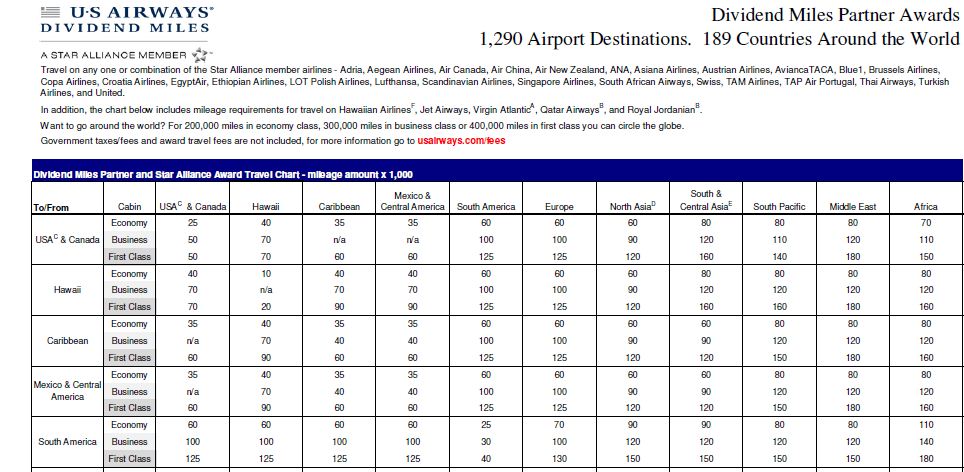
UNITED AIRLINES
United Airlines is a USA based carrier that offers one way awards on its own flights and other Star Alliance carriers. Due to the size of their award chart, I can’t paste it here so will link to it and give examples. Seattle to San Jose has availability on several dates which I picked at random. They are colour coded for economy, business/first or all three classes.

.
Here is the best routing that came up. Beware of the “mixed cabin” in business class, that means you will have to be in economy for one or more segments.

.
Another random search on PTY-LAS (a much easier airport to use to enter the USA) has good availablilty for saver awards in economy and business on Copa which is a Mileage Plus member airline.

.
AVIANCA TACA LIFEMILES
Lifemiles has some very attractive promos to buy and share miles. While this doesn’t give you a free trip, it can greatly reduce the cost of a trip especially if you are after business or first class awards. You need to be an existing member of Lifemiles when they announce a promo so join now if you haven’t already. Use their calculator to get an idea of award costs. This will be a range which depends on class and any promos.

.
Click on View Availability to see the exact breakdown.
They have a Star Alliance Award chart and you can see that they divide the region of Central America into northern and southern regions. Snippet is incomplete due to size, so click over to the whole chart.

.
Australia and New Zealand are in the “Others” category. The chart shows round trip awards but you can redeem one ways for half the price shown. For Aussies, it’s much cheaper to use US miles while they last or United for Star Alliance awards. I prefer to keep my Lifemiles for intra-South/Central America awards which can get pricy but are bargains using awards. This is where you find the real hidden gems! Here’s an example of a trip we just did from Flores (Tikal) via Guatemala City to San Jose.

.
The 11,000 mile award can be brought down to 5000 miles if you are willing to pay an extra $90. Last year when we booked our trip, it was even cheaper. They raised the price last year but it’s still a good deal. Even though they have a special for business class, with flights this short I’d rather save my money and use the miles!

.
SINGAPORE AIRLINES
While there are no bargains here, if you are flush with Amex Membership Rewards you want to transfer to SQ, you can also book flights to Central America which shares a zone with Hawaii using Krisflyer.

For those who want to use other programs, I have made up a reference list of all the airlines with links to their websites so check them out to see if any of them are better suited to your needs. Bear in mind that the tickets are not completely free, there is usually a booking fee of $25-50 and various taxes, but you would have to pay the taxes whether you pay cash or miles for the ticket in any case.
